Running cross country: what you need to know
When I talk to runners about cross country, their reaction is often one of fear. A lot of us were put off running altogether by memories of doing cross country at school, and often runners really don’t want to go back to that place.
Remember, though, that when you were at school, you probably also liked Bros, had a crush on someone called Barry and thought that baggy white jeans with Caterpiller boots were the epitome of cool (you can probably carbon date me by these references). Tastes change. You probably even like olives now. It’s time to give cross country a try.
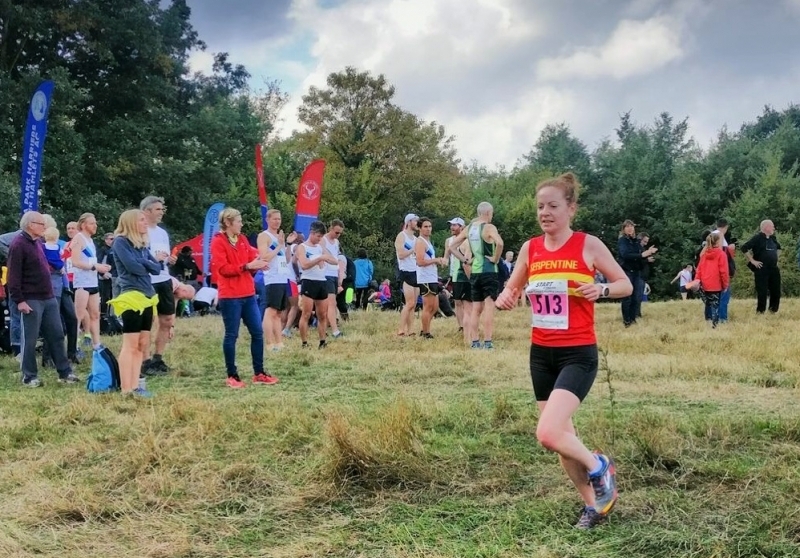
Credit: Vinh Lam
Will I need new shoes though?
Spikes will help, yes. But they’re not essential. In fact, for some races you’d probably be better off with trail shoes.
Our season opener is usually at Claybury. I’ve often worn my Brooks Cascadia trail shoes (above) because it’s still warm and dry so the course isn’t too muddy. There are also two short path sections along which those in spikes have to stick to the narrow grass verge, but if you’re in trainers, you can speed past them on the path. So check out the course before you decide.
One year I pulled my spikes out the cupboard to find the sole had fallen off one shoe. So I wore another pair of trail shoes for the London Championships (below). They were OK apart from a few skids round corners and slipping down a muddy hill.
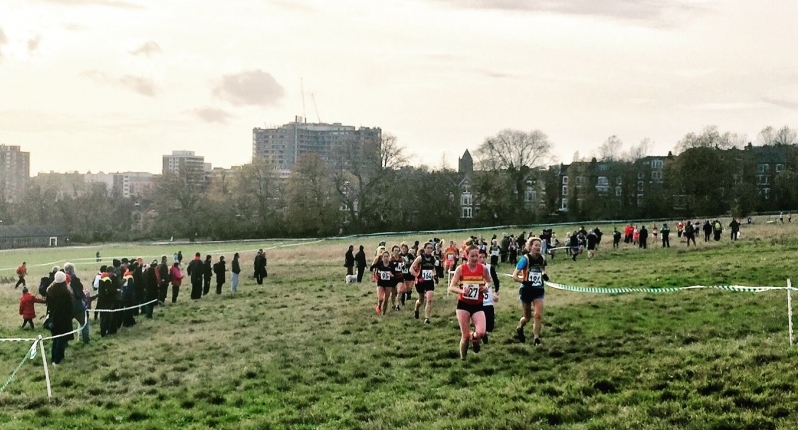
I’m too old or too slow for cross country
First off, age is no barrier to speed and I get overtaken by a good number of speedy Vets in every cross country race. It’s one of my life goals to be one of those women, and I’m only a couple of years away from the Vets category so I guess it’s time to work on the speed.
Cross country really is an inclusive race. Just like most races, there are speedy runners battling it out at the front, and some at the back just wanting to complete it.
The great thing is that your time is pretty much irrelevant. Because of the terrain and conditions, your PBs go out the window and you’re just racing for position. Each runner scores points for their team based on their finish position, so you’re racing those around you, not the clock.
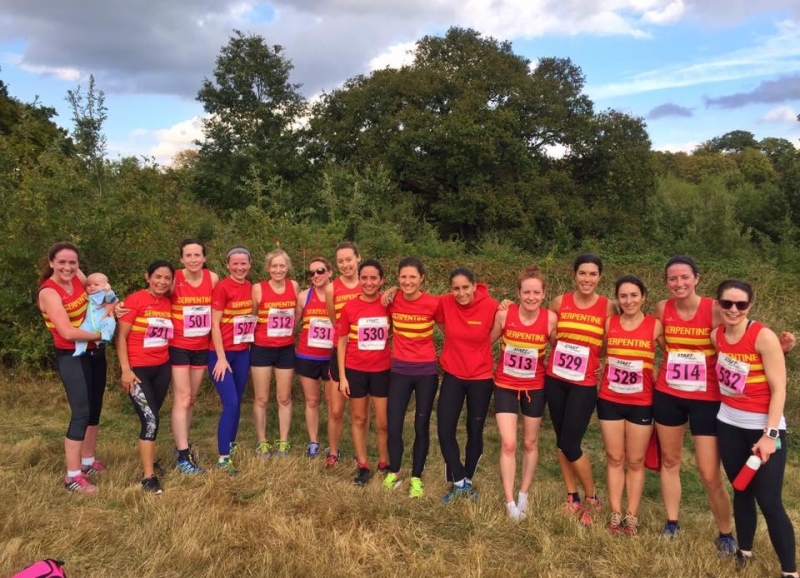
What sort of training should I do?
I’m glad you’re semi-convinced now. Most important is to get used to running on uneven surfaces. So if you do all your training on the road or treadmill, start adding in a bit of grass and mud.
Your smaller muscles that act to stabilise you and keep you upright have had an easy ride while you’ve been running on predictable, even surfaces. It’s time to wake them up, because you’ll need them to work harder in the mud. Run round the edge of the park on the grass. You’ll find it harder work at first but you’ll get used to it.
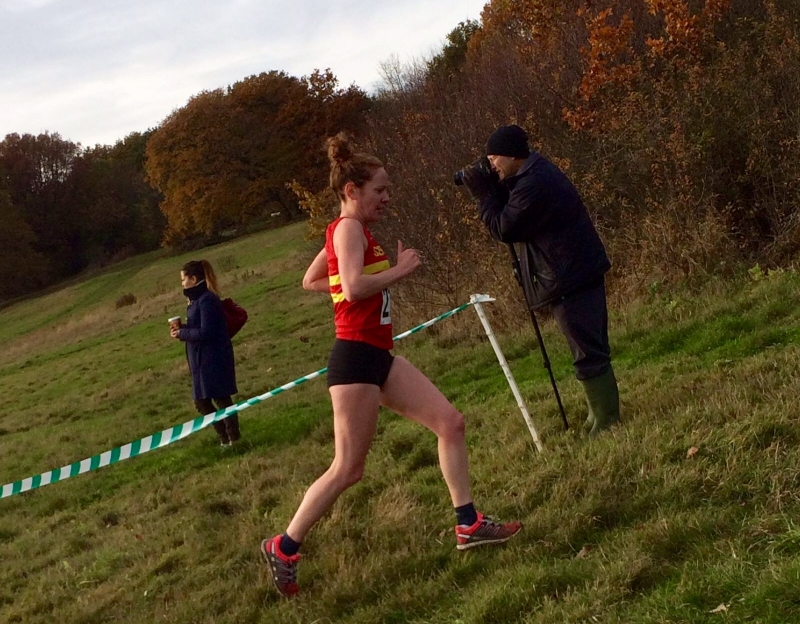
Credit: Josie Arden
You can work on them outside of running too. Stand on one leg while you’re brushing your teeth, waiting for the kettle to boil etc, or introduce one-legged exercises to your gym routine. A strong core is important too, but let’s assume you’re already working on that.
Then throw in some hill reps to your weekly routine and maybe find an off-road/ hilly parkrun route to have a go at.
Anything else?
Women and men run separately. Often women run a shorter distance because of sexist beliefs and traditions. Run Equal is campaigning to change this. Women might run anywhere from 6k or 8k and the men running 8k to 12k depending on the race and league. The women tend to run first so the ground is nicely churned up by the time the men race, and so we can get to the pub sooner.
You’ll also need to be part of a running club to take part – you usually can’t just enter as an individual.
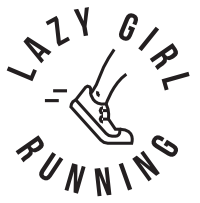

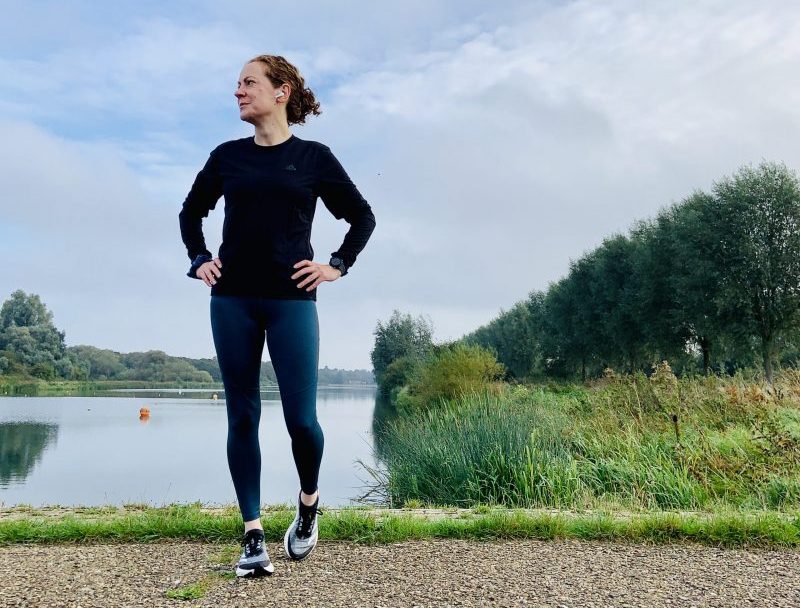
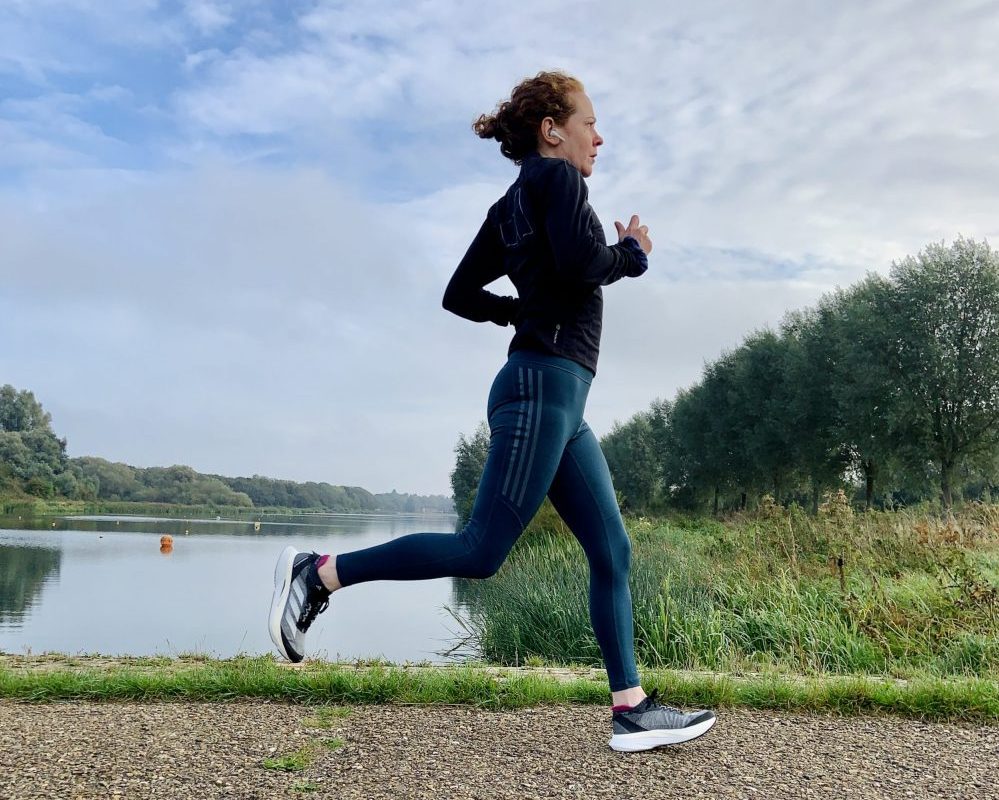
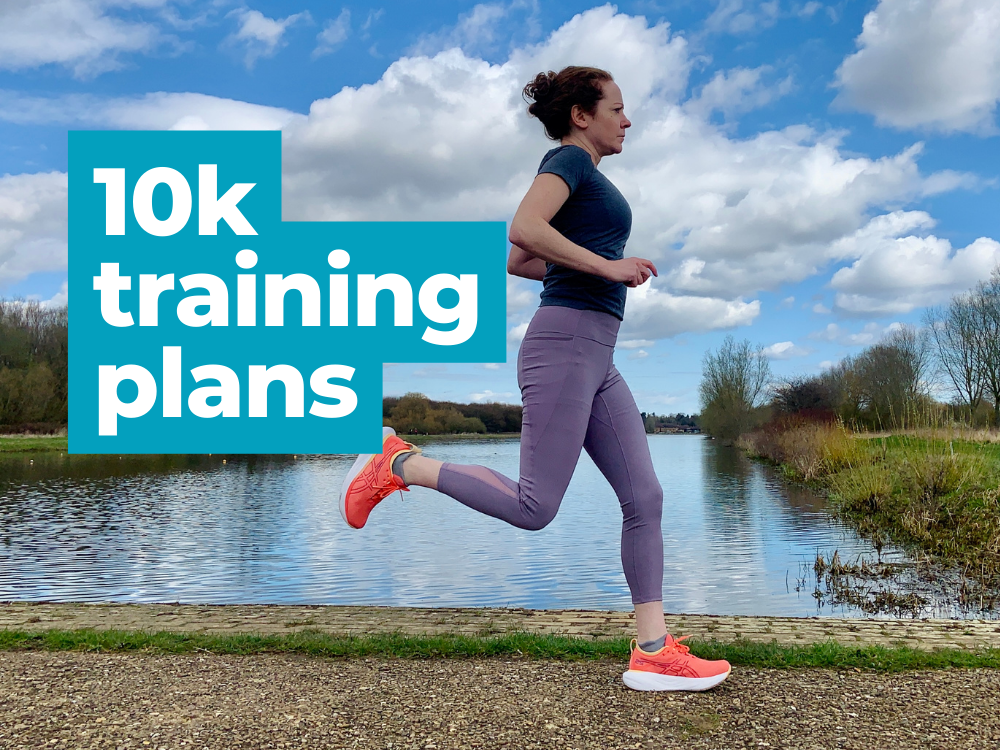
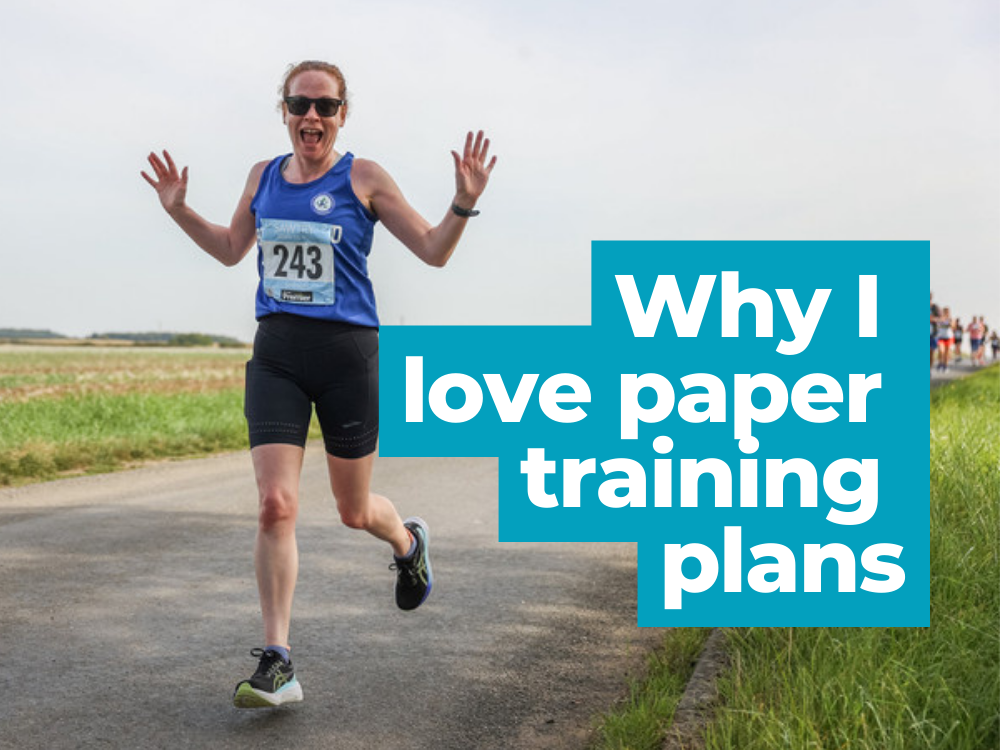
Off road is my absolute favourite type of running. I much prefer it to roads or tracks. It’s exhilarating, makes you concentrate and become more nimble and strong, and it takes you through beautiful countryside.
I plan to join in next winter!!
Also it was SO COLD on Saturday a few of ours wore long sleeves under their vests.Look at you all in your short shorts!
Aah you’re doing the same league as my AC! I still haven’t given it a go (an inconvenient mix of colds, injuries and scheduling) but I really want to! Must find some spare spikes though…